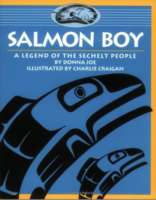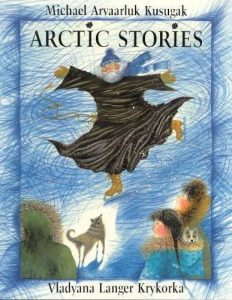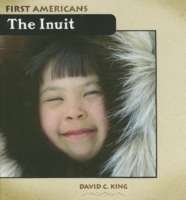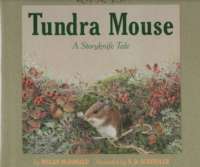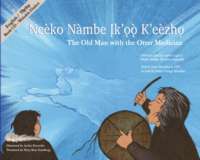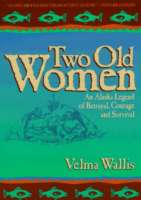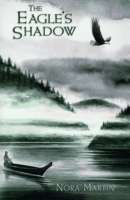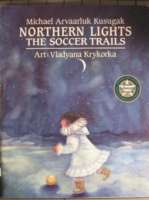
Northern Lights is a beautiful tale that explores the mystical aspects of the northern lights in Inuit culture. Scientists have their own explanations for the phenomenon that occurs when the night sky shimmers with milky white patterns, or displays all the colors of the rainbow. But the Inuit prefer their own explanation: They believe the souls of the dead are engaging in a lively game of soccer, just as they did when they were living. They run all over the sky chasing a walrus head that they use for a soccer ball. This is the story of Kataujaq and the intimate relationship she has with her mother. They do almost everything together; they hug, rub noses and say “Mamaq” which means “You smell so nice.” But a great sickness comes and Kataujaq’s mother is taken south to the white people’s hospital and never comes back. Kataujaq grieves, but is also able to rejoice when she and her grandmother watch the northern lights. This book celebrates family life, intimacy and the glory of nature.

